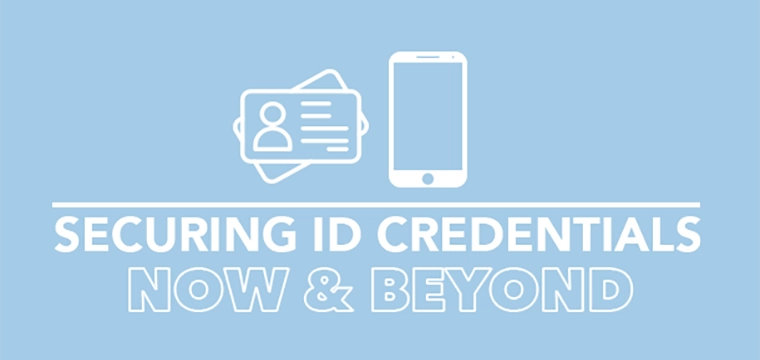
The width of a magnetic stripe track is standardized at about one-tenth of an inch, but as you have likely noticed, most magnetic stripes are wider than this. Why is this? It is because there are multiple tracks on the same stripe. Think of a track as a line of text on paper. You can have a single line or you can stack multiple lines on top of each other and fit more data on the same page. Such is the case with magnetic stripes. Stacking multiple tracks on top of each other enables multiple ‘lines' of data to be stored on the same stripe and card. Most cards are of the two-track or three-track varieties though it is technically possible to have as many tracks as will fit on the card.
The reason that most cards contain either two or three tracks is that the industry has standardized around these types. The ISO/IEC 7811 standards, titled Identification Cards – Recording Technique, detail the data formats and encoding schemes for tracks one, two, and three. By establishing parameters for all parties issuing standardized cards, the industry has been able to develop encoders, readers, cards, and applications that are interoperable.
Think of it this way. Imagine if there was not a standard for key elements such as the physical location of the stripe on the card, the size and location of the tracks, the encoding scheme used to store data on the tracks, and the specific data elements and their positions. There would be no way that a card issued by one bank could be read in an ATM deployed by another bank. Nor could you be certain that your credit card would be readable to a point of sale device at a merchant location.
The standards for Track One were originally established by the International Air Transportation Association (IATA). Its intended use was for the storage of airline ticketing and travel reservation data. This use, however, did not materialize and the track has been co-opted for various other applications. Track One uses the Alpha Data Format, so it uses seven bits to store each character. With the data compression established at 210 bits per inch, it is capable of storing seventy-nine alphanumeric characters. It is read-only, and typically includes the cardholder's name and account number.
If you have ever wondered how an ATM is able to display a welcome message with your name on it, Track One is the key. The ATM reads your name from Track One on the magnetic stripe and displays it on screen.
Frequently people describe a magnetic stripe as ABA-standard or ABA-encoded. This is in reference to Track Two, as its definition was established by the American Bankers Association (ABA). ABA standard encoding is a requirement for a card to work in the transaction processing networks for credit, debit, or ATM functionality. While the entire magnetic stripe is often referred to as ABA-standard or ABA-encoded, only Track Two's standardization is required to make a card ABA compliant.
The standard for the Track Two format uses the BCD encoding scheme and thus is capable of holding only numeric data. The 40 numeric characters are compressed at 75 bits per inch. It is read-only, and holds in its first field a 16-digit account number.
The Thrift Industry developed Track Three, though like the IATA's efforts with regard to Track One, the track has been co-opted for a variety of other uses. The main differentiation from Tracks One and Two is that Track Three was designed to enable read-write capability. It was designed to be updated with each transaction and can hold 107 numeric five-bit digits at a compression rate of 210 bits per inch via the BCD encoding scheme.
It is important to remember that there is no actual difference between the physical make up of the magnetic material on the tracks. All the tracks are exactly the same until they are encoded. The differences only manifest themselves when a card issuer decides how to encode data and what data to encode on a specific track. If the need to follow the standards is not important to a specific issuer, each track can be used in any number of ways.




